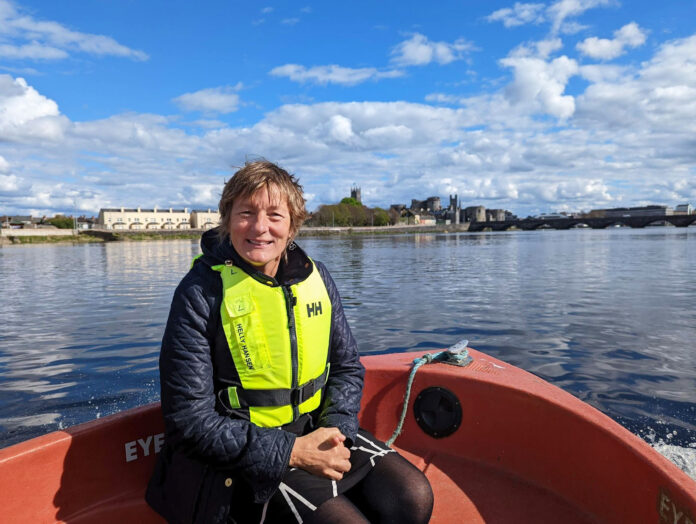
54 per cent of rivers in Limerick are now polluted, with 24 per cent rated as being in either a bad or poor condition, according to the latest water quality report from the Environmental Protection Agency (EPA).
The EPA ‘Water Quality in Ireland Report 2016 to 2021’, reveals that only half of all water bodies in Ireland are in a satisfactory condition, with significant declines in water quality being recorded in the last five years.
MEP for Limerick Grace O’Sullivan described the report’s findings as a disappointment, but “unfortunately not a surprise”.
“The EPA stated that agricultural runoff was a major contributor to the decrease in water quality, with higher concentrations of nitrates and phosphates being recorded across most river bodies and estuaries,” she explained.
“This is directly linked to fertiliser usage, and poses a significant risk to human health when used as drinking water.
MEP O’Sullivan noted that the Department of Agriculture’s regular requests for a derogation from the EU Nitrates Directive is having a direct impact on rivers like the Shannon and the Deel.
“The directive normally limits the amounts of the fertiliser which can be used on land, for environmental and public health reasons, but an exemption is often granted to Ireland to sustain large dairy herds.
“While biodiversity and nature are the current losers, these actions will inevitably lead to consequences for people too. The vast majority of farmers do not benefit from increased nitrates usage, but we all suffer from it,” she stated.
“If we want to ensure that we have clean drinking water, safe places to bathe and liveable ecosystems for fish and other wildlife, we will need stronger plans and braver actions from all parties. The government has begun to act, with a new River Basin Management Plan forthcoming, but we need to tackle nitrates levels as a matter of priority.”
“These findings have come at a time where we have already recognised that we are in a biodiversity crisis,” she added.
“The World Wildlife Fund (WWF) revealed that almost 70 per cent of wildlife populations have disappeared since 1970. These are the consequences of policy decisions and actions taken by the human race, where industry is allowed to endlessly extract and destroy, facilitated by the inaction of decision makers until now.
“Ireland is no different, and we need to be doing much more to protect our precious water resources” she concluded.


